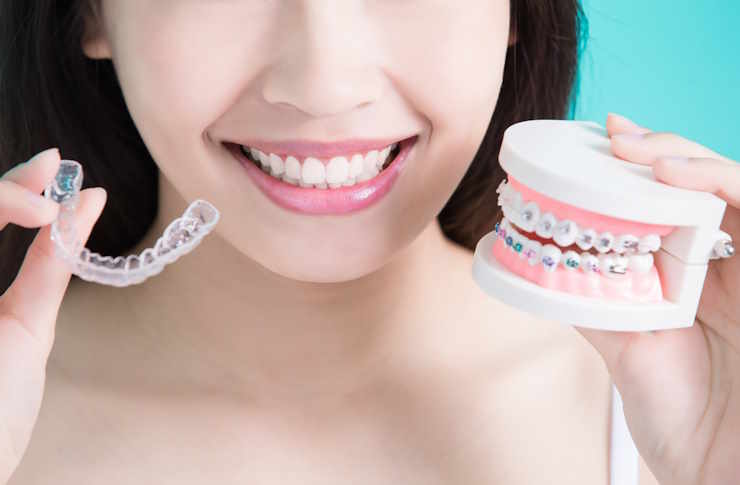A Deeper Look at Botox: Beyond Wrinkle Smoothing
Botox, a name almost synonymous with wrinkle reduction and facial rejuvenation, has become a household term. The popularity of this procedure has surged over the past two decades, with millions of people resorting to these injections as a non-surgical method to maintain a youthful appearance. However, Botox has much more to offer than just being a cosmetic enhancer. From treating overactive bladder to reducing migraines, this injectable drug has proven its versatility in the medical field. This article dives deeper into the world of Botox; discussing its history, its increasing popularity, its various applications, and debunking some common myths about this often misunderstood treatment.

The Journey of Botox: From Toxin to Treatment
Clostridium botulinum, a bacterium that produces a potent neurotoxin, was first discovered in the late 19th century. It was initially associated with food poisoning but was later found to have therapeutic applications. In the 1980s, the purified form of this toxin, what we now know as Botox, was approved by the Food and Drug Administration (FDA) for treating strabismus (crossed eyes) and blepharospasm (uncontrollable blinking). It was during these treatments that patients reported a reduction in facial wrinkles, thus leading to its cosmetic use.
The Rise of Botox in Cosmetic Industry
The FDA officially approved Botox for cosmetic use in 2002. Since then, its popularity has skyrocketed. According to the American Society of Plastic Surgeons, Botox is the most popular minimally invasive cosmetic procedure, with over 7.4 million treatments performed in 2019 alone. Its popularity can be attributed to its non-surgical nature, minimal downtime, and relatively affordable cost compared to traditional cosmetic surgeries. Furthermore, the societal shift towards accepting and normalizing cosmetic enhancements has played a significant role in its increased use.
Beyond Cosmetics: The Versatility of Botox
While Botox is best known for its cosmetic applications, it has a plethora of therapeutic uses. It is used to treat a variety of conditions such as chronic migraines, excessive sweating (hyperhidrosis), overactive bladder, and certain eye muscle disorders. Its ability to block nerve signals that cause muscle contractions makes it useful in treating these conditions. This versatility has solidified Botox’s position, not just in the cosmetic industry, but also in the broader medical field.
Debunking the Myths: Understanding the Safety and Side Effects of Botox
Like any medical procedure, Botox has potential side effects. They can range from mild (such as bruising at the injection site) to severe (like difficulty in swallowing or breathing). However, these more serious side effects are rare, especially when the procedure is performed by a trained professional. The idea that Botox is unsafe stems from its origin. Yes, it is derived from a toxin, but the amounts used in treatments are extremely small and safe. It’s also worth noting that Botox has been extensively studied and approved by reputable health organizations worldwide.
The Future of Botox: Trends and Innovations
The future of Botox looks promising. With continuous research and development, new applications for Botox are being discovered. Recently, studies are exploring its potential use in treating depression and premature ejaculation. Moreover, advancements in technology are improving the precision and effectiveness of Botox treatments. For instance, the development of ‘micro-Botox’ technique, where smaller doses are injected into the skin to achieve a more natural look.
In conclusion, Botox, once just a treatment for rare ophthalmic conditions, has evolved into a multifaceted tool in both cosmetic and therapeutic fields. Its journey from being a potent toxin to a widely accepted form of treatment is a testament to the power of scientific research and innovation. As we continue to learn more about this fascinating drug, we can look forward to its myriad applications that extend far beyond wrinkle smoothing.




